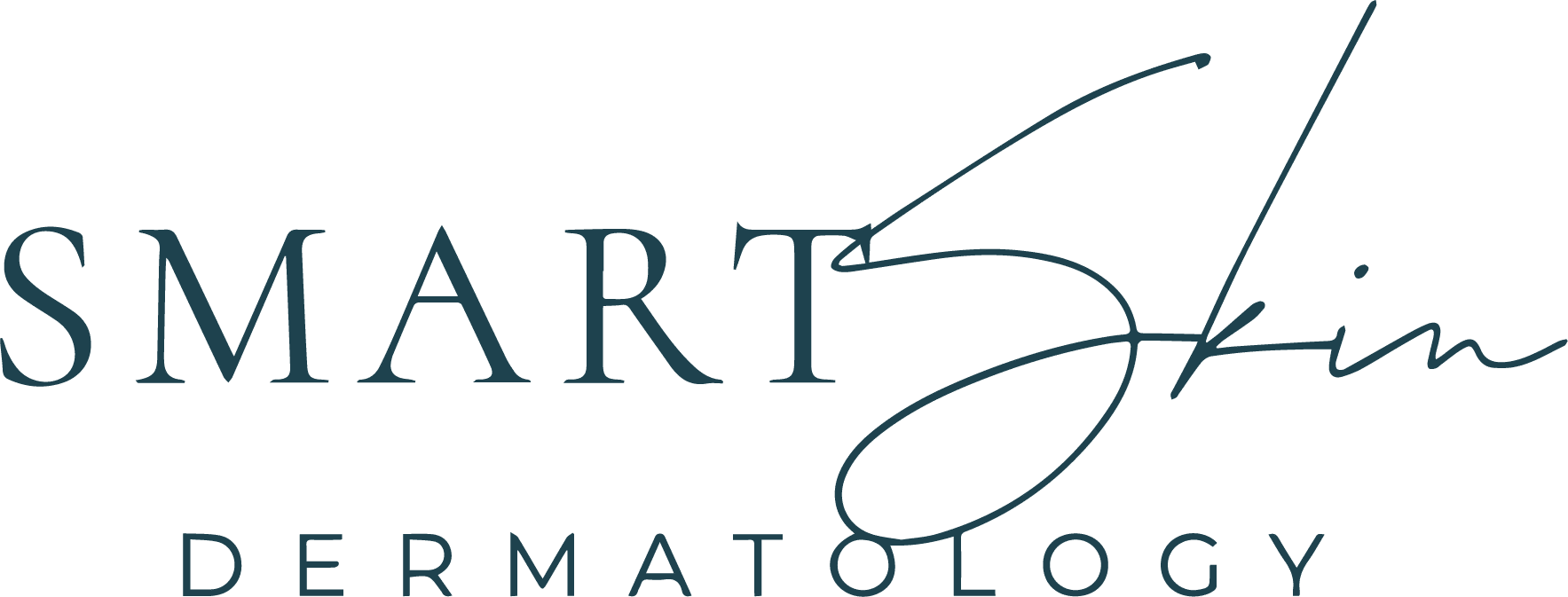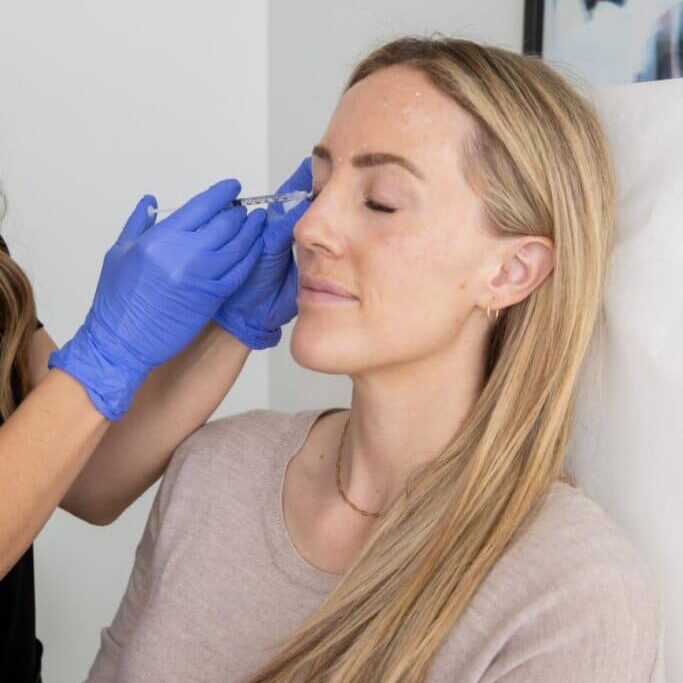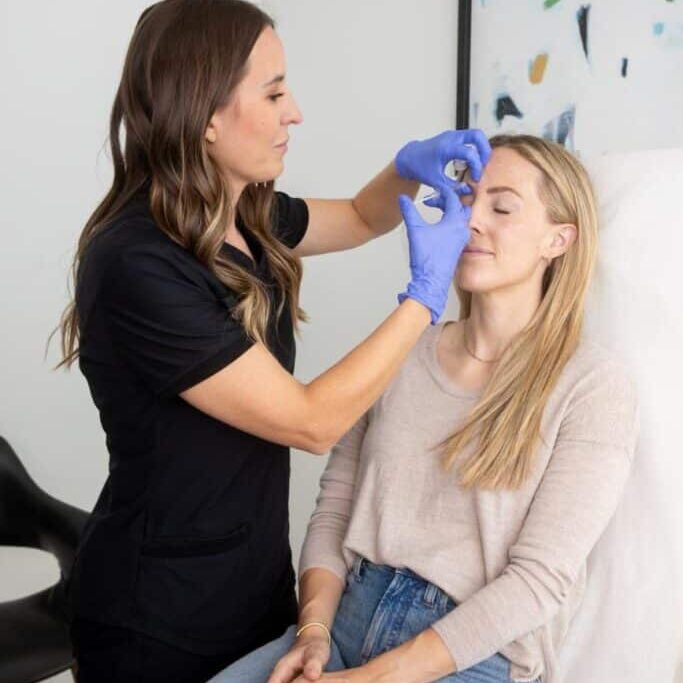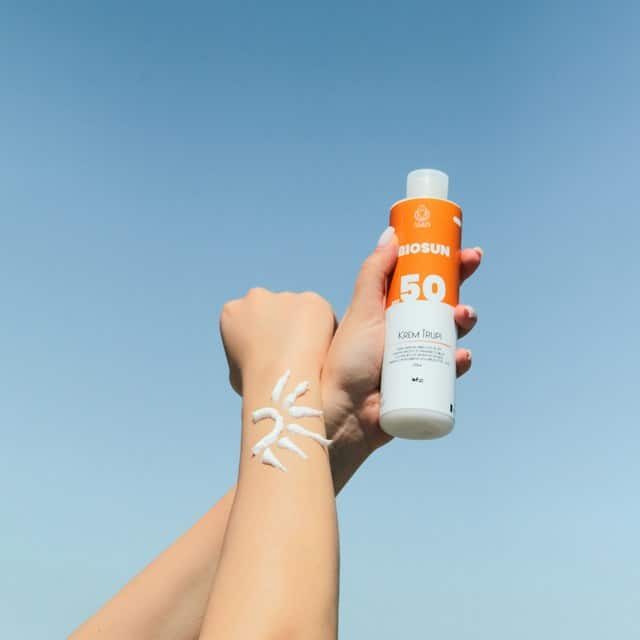
The Cosmeceutical
Cosmeceutical is the term currently used among dermatologists to refer to the area between cosmetics and pharmaceuticals. The FDA defines cosmetics as articles intended to be topically applied for cleansing, beautifying, promoting attractiveness without affecting structure or function. Whereas pharmaceuticals are defined as compounds designed to be used as medicinal drugs. As you can imagine the requirements and FDA regulations place on the manufacturing and marketing of new drugs are dramatically different than the regulations placed on makeup.
The cosmetic industry is a vibrant and growing market, and this is a bit of an understatement. Revenue from the cosmetic and skincare industry is over $ 50 billion annually in the US alone, and nearly a third of that is defined as facial skincare. The US is not unique in its cosmetic inclinations. In fact, global industry sales reach close to $200 billion annually with the largest consumer being Asia. In short, the skincare market continues to grow on an impressive international scale.
As this occurs, the sophistication of raw materials, compounds, and formulations used in this arena increases. In conjunction, a greater appreciation of the top layer of the skin, called the stratum corneum, has been achieved through the use and basic study of these non-invasive bioengineered creams.
Research clearly demonstrates that non-prescription topical agents can dramatically influence the stratum corneum and that these agents can indeed penetrate the stratum corneum and influence skin function. Thus cosmetics and skincare products are assuming an increasingly important role in clinical dermatology.
One of the foundational dermatologic texts defines a cosmeceutical as “a scientifically designed, useful product intended for external application to the human body that has desirable aesthetic effects and meets rigid chemical, physical and medical standards.” But it also readily recognizes that “there is no regulatory description that acknowledges the current scientific sophistication of these formulations”. This means that cosmeceutical products currently do not need to rigorously demonstrate that they are what they say they are, or do what they say they’ll do. And consequently, in many physicians’ minds walk a fine line between evidence-based medicine and snake oil.
What this means for you?
You need to get your product from a trusted source and beware of online fraudulence. Also, take the product’s claims with a grain of salt and a healthy degree of skepticism. You can think of the industry oversight as being similar to that of vitamins and supplements. A company’s claims about the product do not have to be rigorously substantiated through scientific study. They only have to prove safety, not efficacy, and not even content sometimes. You may want to seek real, sound, evidence-based medical advice. And even more importantly, beware of online fraudulence.
Counterfeiting and theft are real issues with medical-grade skincare products. A quick Google search will show you high-end cosmetic skincare products for only a fraction of the cost. Products like SkinCeuticals, Biopelle, EltaMD, SkinMedica, TNS, and Neocutis found online are perhaps the most suspect, as these skincare lines are principally sold in medical clinics and spa settings, any online distribution should be seriously scrutinized. But the fraudulence is not limited to these brands. Even impure Botox is cheaply purchased online.
Shipments are stolen and sold to consumers, products are counterfeited with different creams and sold in identical packaging, or expired products can be repackaged or sold that won’t give you the full benefit you expect.
Keeping that in mind, there are plenty of great companies making cosmeceuticals out there that are high in quality with good scientific evidence to back their efficacy in helping to rejuvenate and maintain skin tone and texture.
